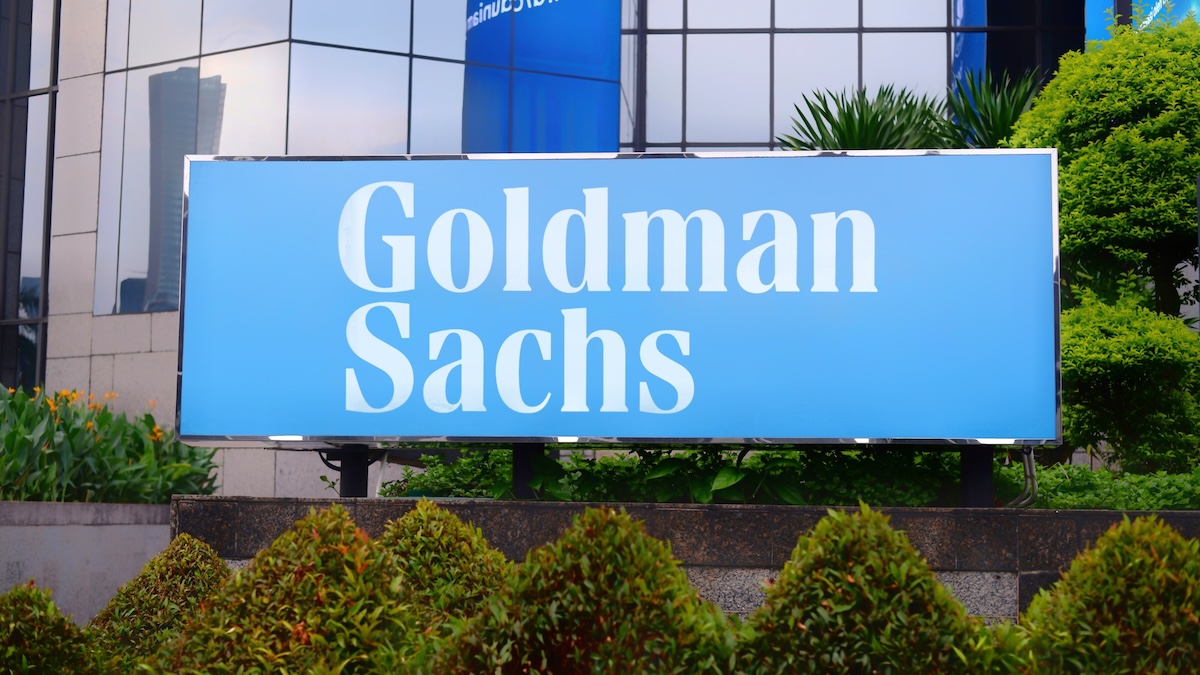
Tariff headlines may have faded in recent months as the Trump administration moves forward with new trade deals.
But beneath the surface, import duties are already rippling through the real economy and could spark another bump in inflation just as the Fed launches its highly controversial rate-cutting campaign.
According to a recent analysis by Goldman Sachs, tariff hikes have already lifted the core Personal Consumption Expenditures (PCE) Index — the Fed’s preferred gauge of underlying inflation — by 0.44 percentage points so far this year.
The investment bank projects that tariffs will push core PCE another 0.6 percentage points higher over the next two years as companies continue to pass higher import costs on to consumers.
Goldman’s baseline forecast assumes that the pass-through rate — the share of tariff costs reflected in consumer prices — will rise from roughly 50–55% to about 70% over time.
The findings are significant because they quantify how much tariffs alone contribute to inflation and when those effects are likely to appear.
That timeline matters: as margins tighten, manufacturers and retailers are increasingly expected to shift more of the burden of rising costs onto households.
The long-feared passthrough is beginning to hit consumers
Until around June, it appeared that U.S. businesses were absorbing most of the costs from the new tariffs.
According to a separate Goldman Sachs analysis, American firms absorbed about 64% of tariff expenses through June, roughly three months into President Trump’s tariff campaign.
By comparison, consumers bore 22% of the costs, while foreign exporters absorbed roughly 14%, largely by cutting the prices of goods sold to the United States.
At the time, Goldman economist Elsie Peng warned that the balance could shift by October, with consumers likely to bear as much as two-thirds of the tariff-related price increases.
The concern is amplified by recent trends in the core PCE index, which is already running at 2.9%, well above the Federal Reserve’s 2% target for price stability.
That trend suggests core inflation could continue to accelerate, potentially putting the Fed in a difficult position.
Central bank officials voted last month to cut interest rates by 25 basis points, a move some economists called contradictory, citing the Fed’s uneven messaging around employment and growth.
Meanwhile, CME futures markets indicate a near-99% probability of another 25 basis-point rate cut in October, and a 96% chance of an identical reduction in December.
Your email address will not be published. Required fields are markedmarked